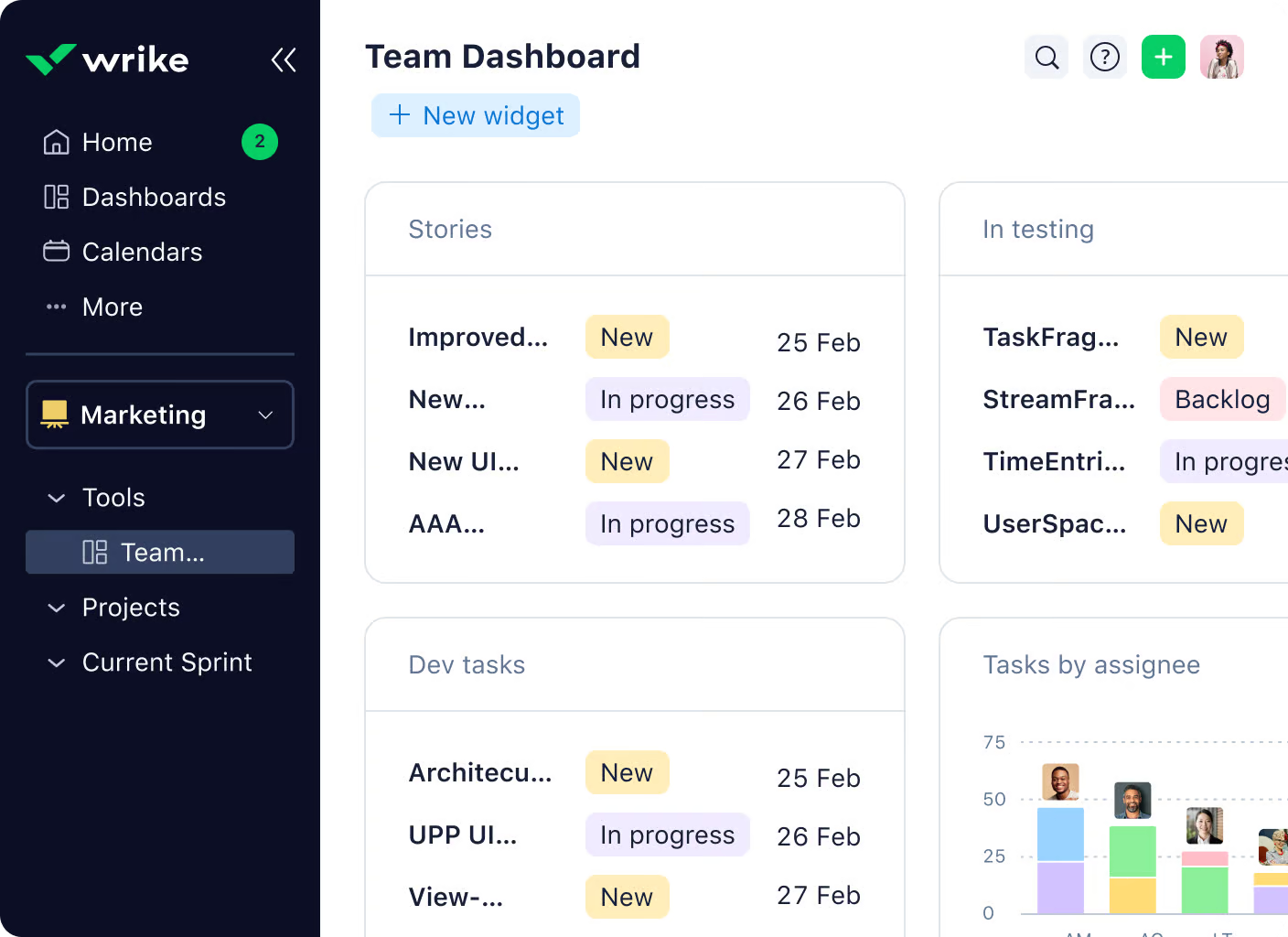For a lot of organizations, adopting Wrike actually happens in waves. In our Championing Change series, we’ve learned from many Wrike champions who planned phased rollouts of Wrike, starting with certain tasks and moving on to push all projects through Wrike, leading to successful adoption.
In reality, a lot of companies have areas that Wrike doesn’t touch until a change happens, departments merge, or business shifts. Teams may be using Wrike for certain segments of their work and, as business needs shift, Wrike spreads like a rising tide, lifting all tasks into its center of truth.
This has even happened within our content team here at Wrike; as we’ve merged with other teams or taken on new work, or even updated our processes to achieve more efficiency, we’ve expanded the areas where we use Wrike. Or, as Wrike’s capabilities expand, we eliminate external tools and Wrike takes over those areas. Even smaller adjustments require careful change management steps to ensure success (we actually put together a free eBook on change management to help with those!).
This is a topic Jesse Knittel knows well. As an Assistant Project Manager at ASU Enterprise Partners (ASUEP), a non-profit that supports Arizona State University, Jesse has been using Wrike throughout her career in project management. For this installment of Championing Change, we’re chatting with Jesse about how she’s managed to spread the waves of Wrike across new teams and projects.
Scrapping existing processes to start fresh with Wrike
Jesse’s team effectively functions as an in-house creative agency for the school. In 2022, her team underwent a transformation, merging part of the organization with the university’s marketing department and becoming the ASU Outreach Hub. “This led to a general restructuring, and we contracted change management professionals to support the transition,” Jesse explained. These professionals worked closely with the project management team, helping them analyze processes both inside and outside of Wrike.
Once that process was complete, Jesse was tasked with onboarding a new shared workflow with the ASU Foundation’s Annual Giving team, an important strategic partnership for obtaining first-time donors. “We essentially had to scrap our existing process and start fresh,” she said. “It was exciting to play a key role in this change, collaborating with each department — including client solutions, design, editorial, web, and email — to ensure our Wrike workflows and blueprints were optimized for our new scope of work.”
While Wrike had long been the project management platform at ASUEP, the Wrike waves rolled out into different areas, helping to connect departments that needed to collaborate and communicate in new ways.
Using Wrike request forms and dashboards to set the project management foundation
One of the biggest pieces of the project management process at ASUEP involves request forms. “At ASUEP, we’ve refined our processes through trial and error, but our single source of truth will always be our project management system — typically starting with a request form,” said Jesse. “In our in-house creative agency environment, we support multiple partners and units across ASUEP, handling hundreds of requests each fiscal year.”
What’s the best way to handle that volume of requests? A robust request form. “We kick off initiatives through an intensive Wrike request form, which we then collect, scope, and assign,” Jesse explained. “Then, our team builds timelines, tasks, automations, and dependencies using preset workflows.” 
Managing a high volume of work with a relatively small team has been an ongoing challenge, but Jesse explained that having a single transparent summary that displays priorities, queued requests, open or overdue projects, and each team’s workload has been vital for cross-departmental alignment and achieving organizational goals.
Moreover, Wrike dashboards have improved the ASUEP leadership team’s ability to get a fast overview of the organization’s workload. “This visibility also helps bridge the gap between our creative and project teams and executive leadership,” added Jesse.

Integrating Wrike into training and onboarding
At ASUEP, Wrike training starts on day one. “We’ve found it effective to integrate Wrike directly into our training and onboarding process,” said Jesse. When a new team member joins, they can’t be assigned work until they are added to Wrike.
Once ASUEP team members have access to Wrike, they’re given training that familiarizes them with the interface and the teams’ workflows. “We treat Wrike as essential as Microsoft Outlook, joining a shared Google Drive, or getting access to our server,” Jesse explained. “All of these technologies are pivotal in successfully completing our work.”
Wrike’s features are user-friendly, so it’s made adoption easy for our team, even for beginners who have never used a system like this.
Jesse Knittel, Assistant Project Manager at ASU Enterprise Partners
Without Wrike, we couldn’t keep up with our workload, and teammates quickly realize its value when they are fully immersed in the platform. I can’t imagine a world where we only communicated and collaborated within Teams or via email without seeing the full picture.
Jesse Knittel, Assistant Project Manager at ASU Enterprise Partners






